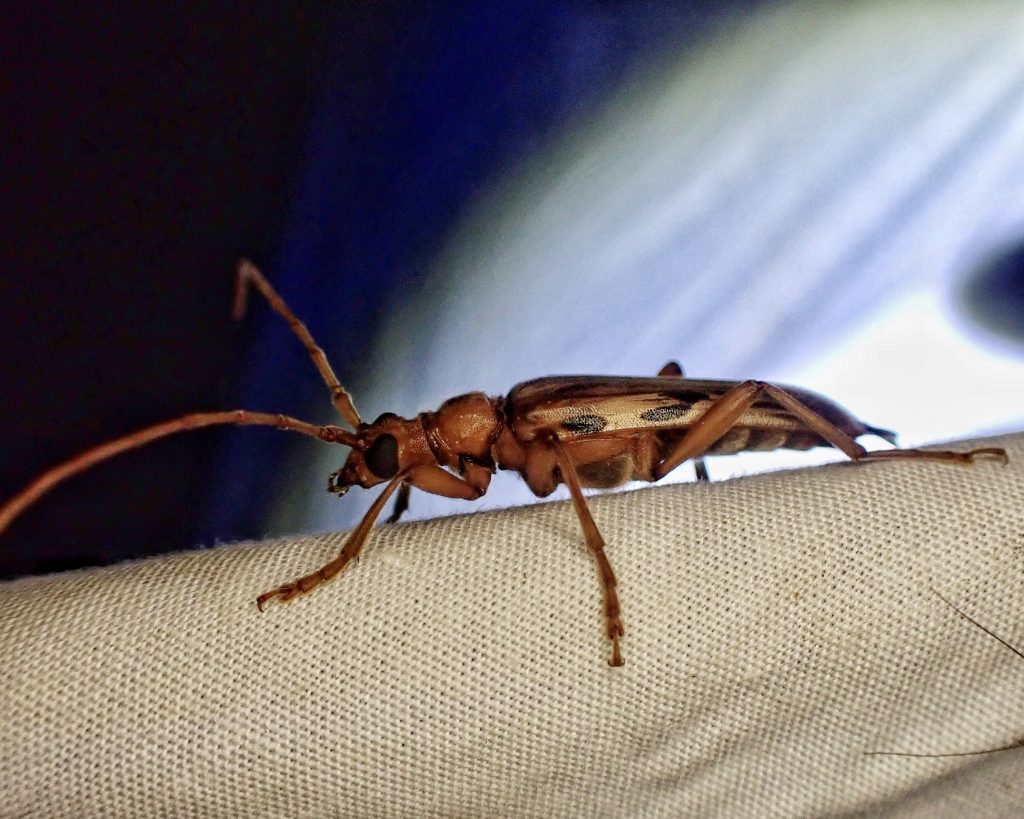
For a lepturine longhorn beetle (family Cerambycidae) that is supposedly common (I’ve found Ortholeptura valida before, one watershed to the west from where I saw this specimen near South Prairie in Skamania County, Washington), there is a real lack of information available on this species. I am too tired to climb up on my soapbox and rant and rave about the ways that capitalism is destroying our world, or how badly our religion of money has cockeyed our perspective, so I’ll just mention the fact that we live in a country that last year gave 20 billion dollars in subsidies to the fossil fuels industry, but the powers that be couldn’t find a spare 20 thousand bucks to fund a study of the natural history of the longhorn beetles in our forests.
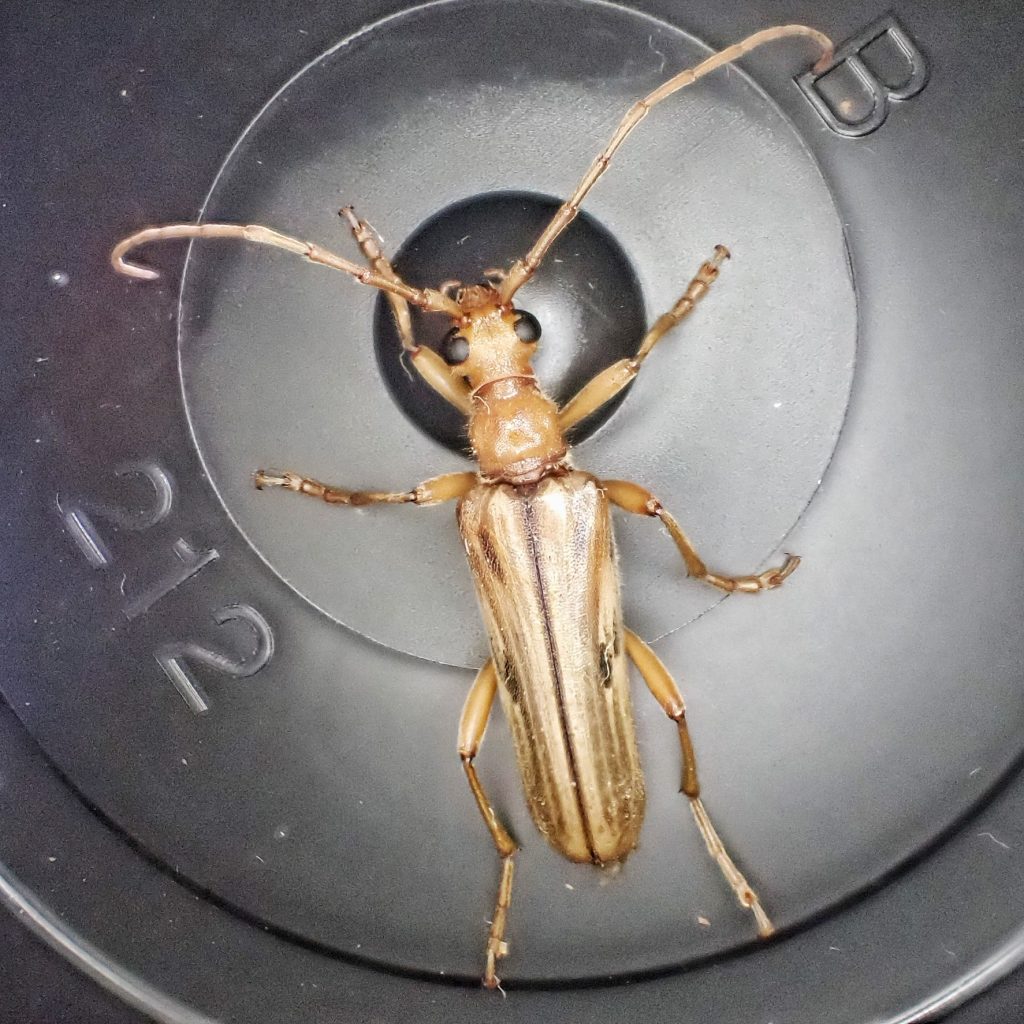
I did find one study though (Ray et al.; 2011)(and which admittedly probably cost far more than $20,000 because of the equipment involved) which determined the chemical pheromone ( (Z)-11-octadecen-1-yl acetate) that female Ortholeptura valida release to attract the males. This monounsaturated acetate has a completely different structure than other known longhorn beetle pheromones (although it is a known aggregation pheromone in some fruit flies), which all have a terpene, carboxcylic acid, or diol/hydroxyketone motif (I don’t know what any of that means either). It is also interesting that in most of the longhorns that utilize dying larval hosts (as Ortholeptura valida does), where the food resource degrades relatively quickly and which cannot support more than one generation of larvae (as discussed in Hanks; 1999), it is the males that produce pheromones, and they are aggregation chemicals that attract both sexes. Those where the female produces the pheromones usually utilize the roots of living plants as larval host, and these are persistent resources which do not require the female to move far from her natal host. It is unknown why Ortholeptura valida females do the scouting for acceptable hosts, and why only males respond to their chemical call.
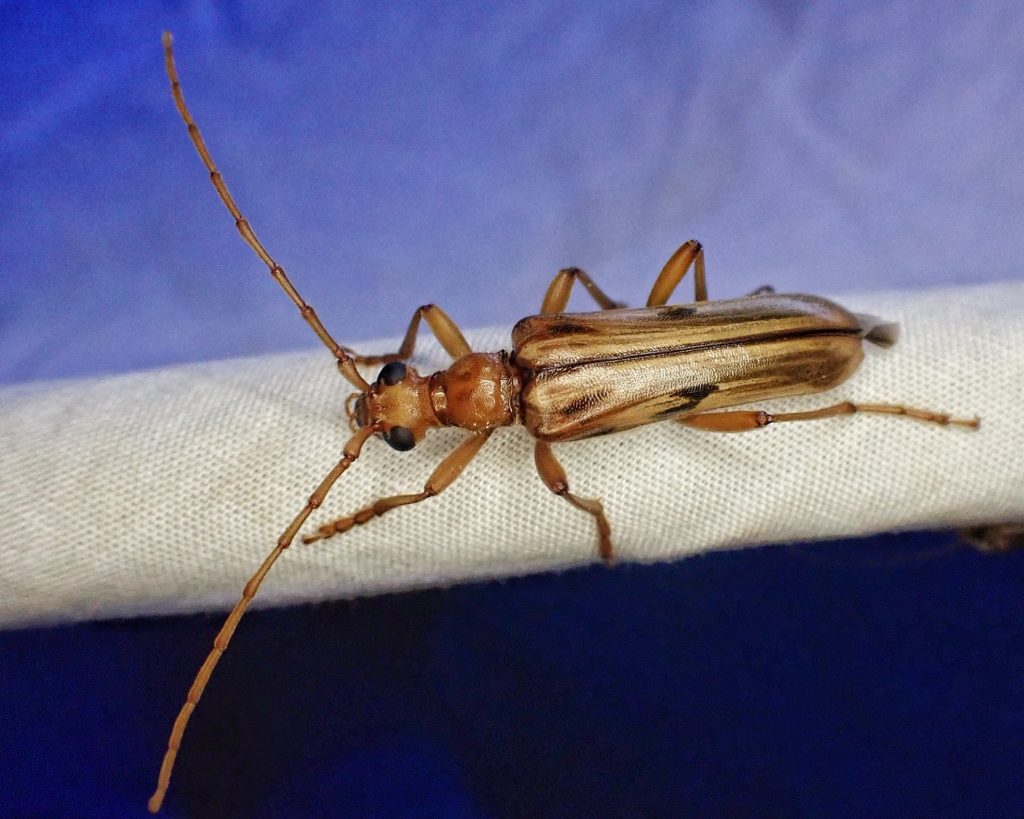
Description-Medium to large (12-28mm- this specimen 23mm) light reddish brown to tan beetle, often with darker streaks on the elytra, and (usually) with two pairs of dark spots on the front half of each elytra; legs, head, and pronotum also reddish brown to tan; pronotum unmarked, with obvious collar and rounded lateral margins; head narrows abruptly behind the eyes; inner elytral apex with a small spine;
Similar species– Ortholeptura obscura lacks elytral spines; O. insignis only found in coastal n California; Centrodera spp. have spines on the pronotal margins; Stenocorus spp do not have the head narrow abruptly behind the eyes.
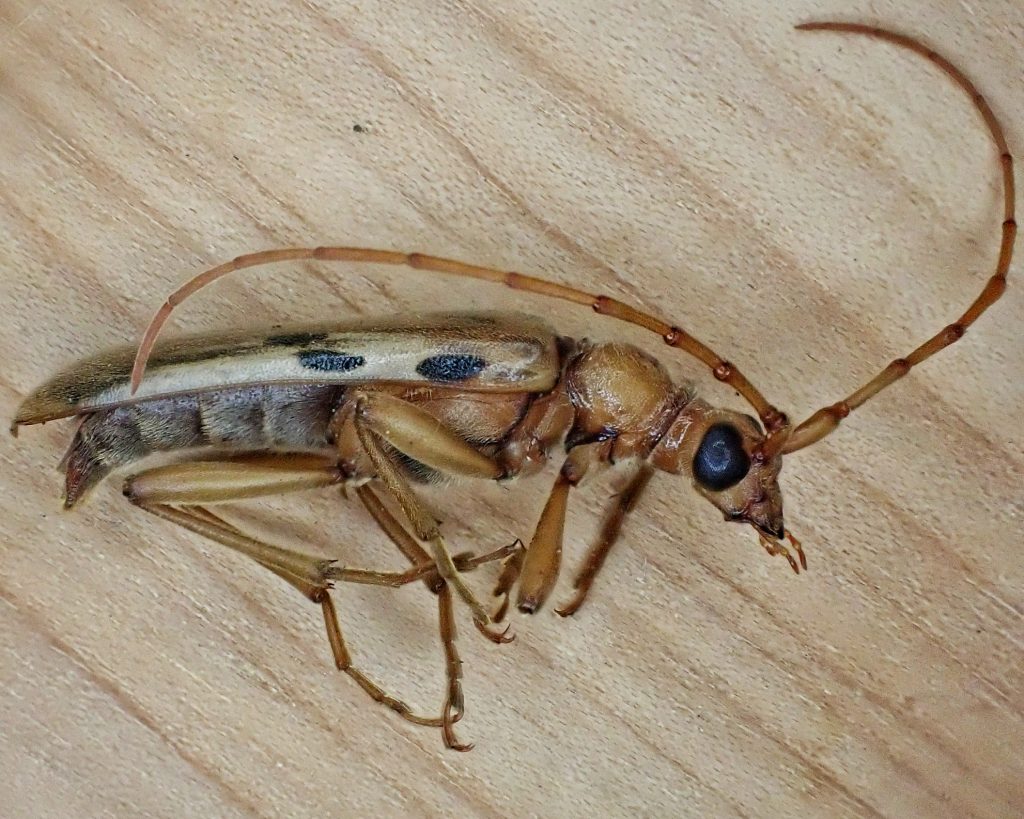
Habitat– Moist to mesic conifer and mixed forests containing their larval hosts.
Range-West Coast North America; probably region wide in appropriate habitat.
Adults active– Nocturnal; late June into September
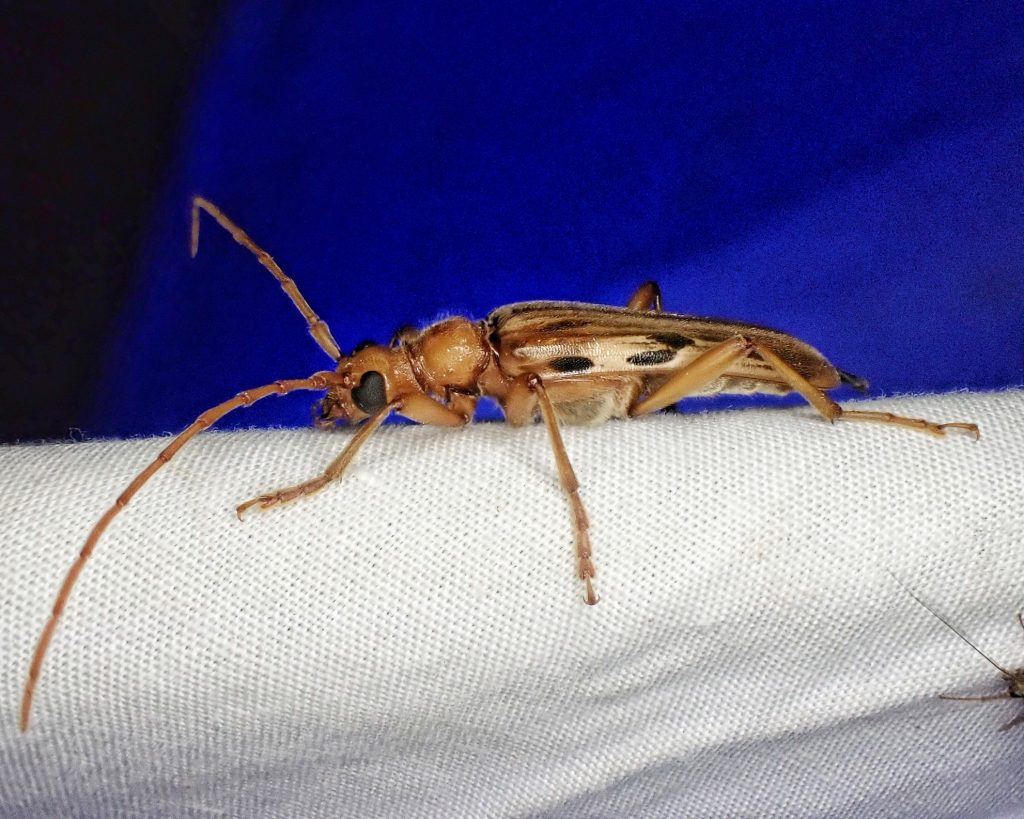
Eats– Larval hosts are dead and dying conifers, including, but not limited to, Picea sitchensis, (Sitka spruce), Callocedrus decurrens (incense cedar), Pinus ponderosa (ponderosa pine), Pseudotsuga menziesii (Douglas-fir), Tsuga mertensiana (mountain hemlocks), and Abies spp.; adults apparently do not visit flowers, and may not feed at all.
Eaten by– Larvae are taken mostly by woodpeckers; I can find no information about wasp or fly parasitoids that utilize this species, but I’d bet there are some; adults are probably prey for insectivores of all classes.
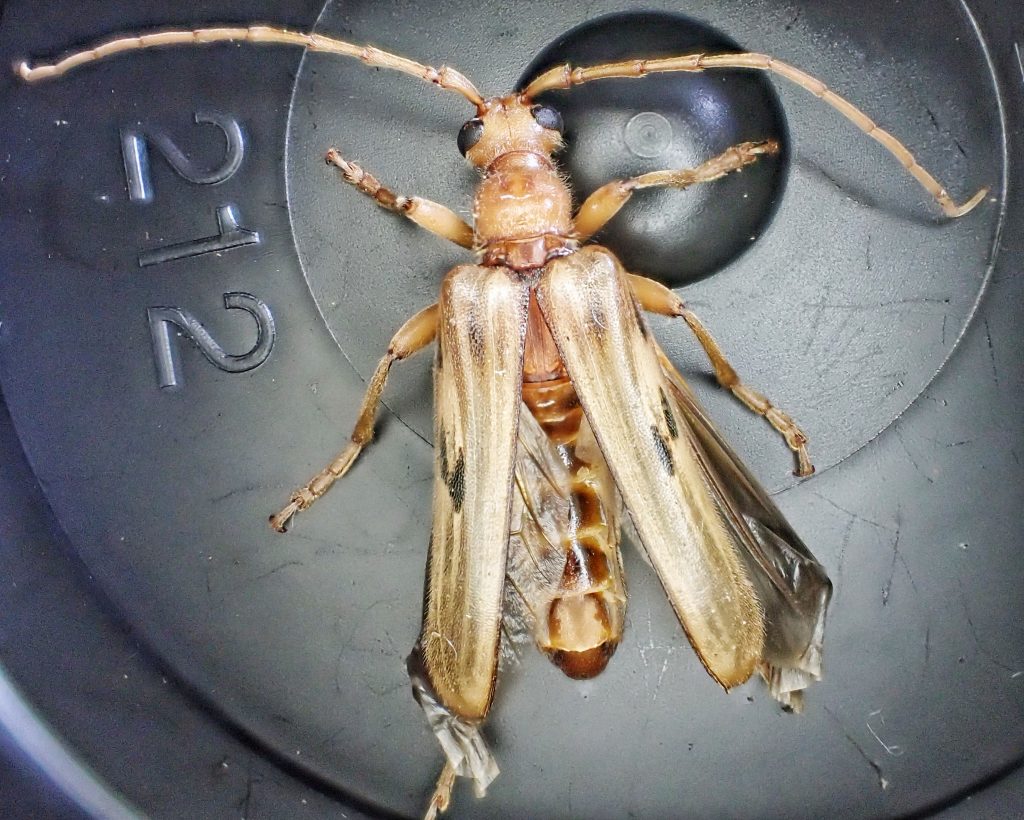
Life cycle– I can find nothing specific to this species, but eggs are probably laid in cracks in the bark of stressed, dying, or dead trees, and larvae probably take 1-2 years to reach maturity.
Etymology of names– Ortholeptura is from the Greek word for ‘straight’, which possibly refers to the members of this genus having more or less parallel elytral margins, added to the original genus Leptura, which seems to be from the Greek words for ‘slender tail’, which may allude to the narrow, pointed abdomen of members of that genus. But the allusions are just speculation on my part, which I cannot corroborate. The specific epithet valida is from the Latin word for ‘strong’, but I cannot ascertain what LeConte thought was particularly strong about this species.
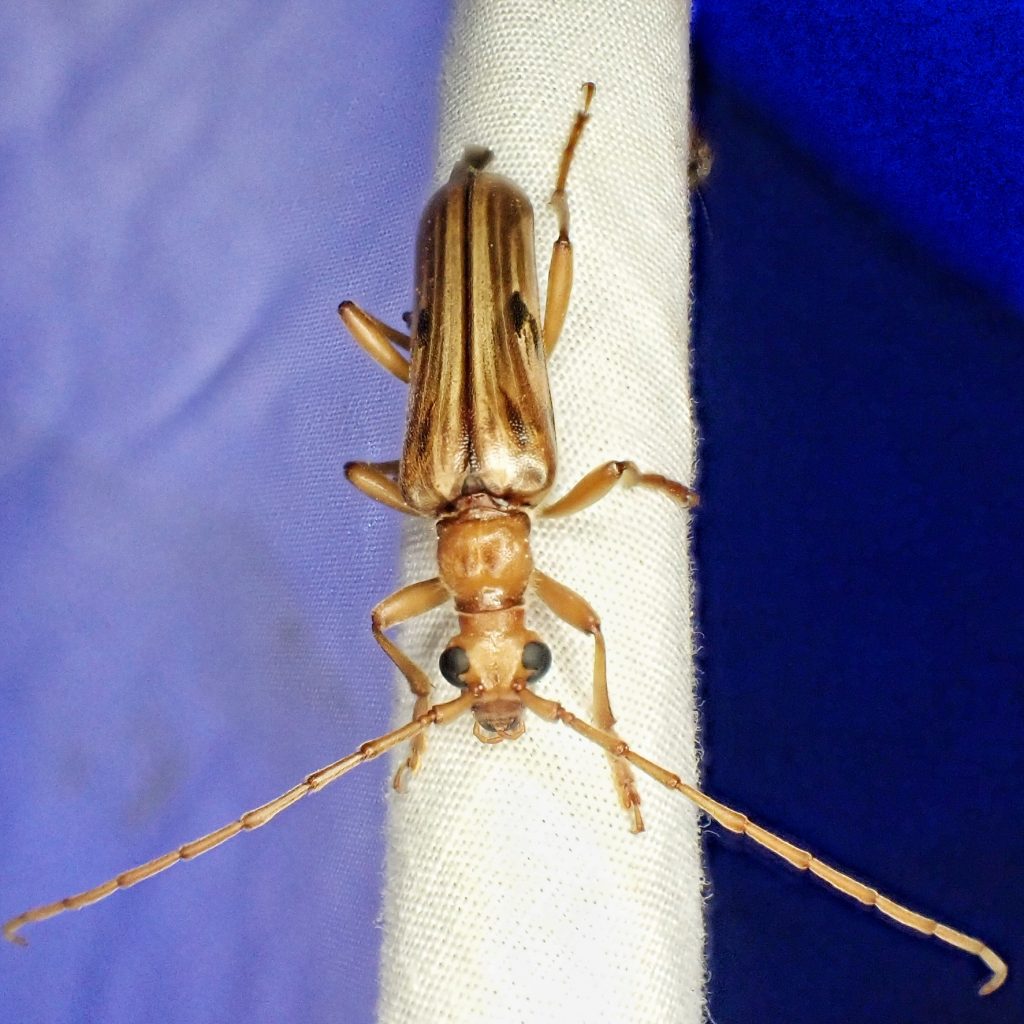
https://bugguide.net/node/view/91081
Which energy source is most subsidized in the US? – AS USA
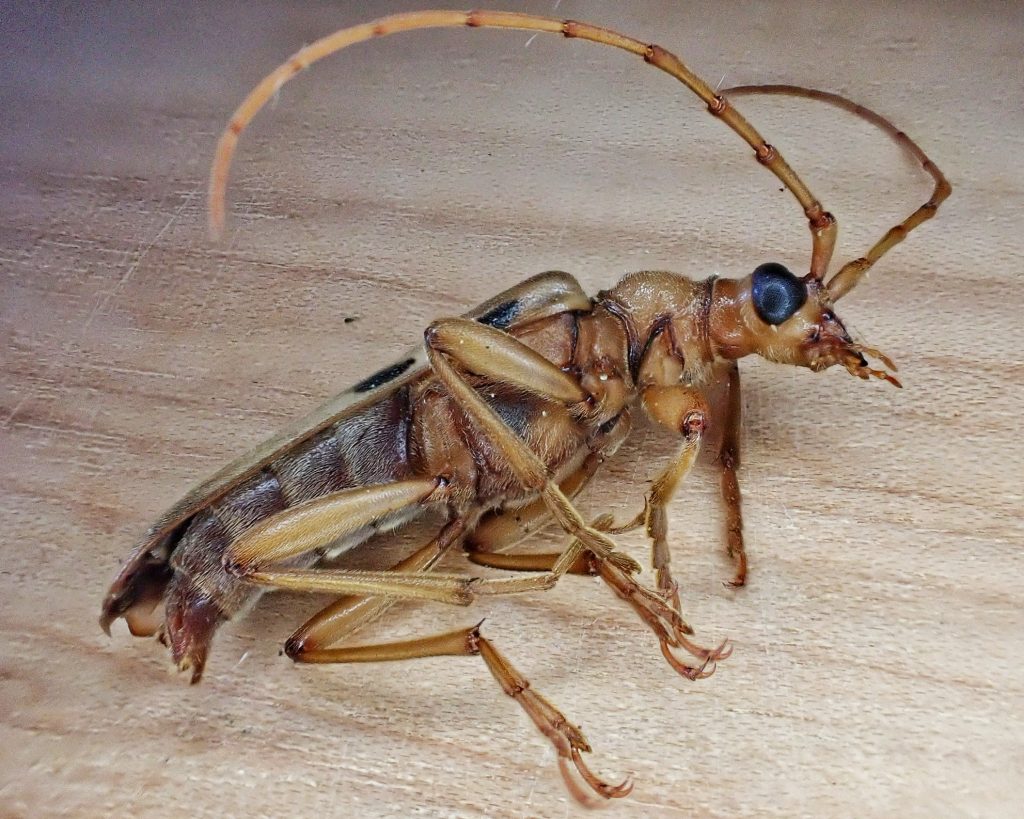
Soapboxes suit you, my friend. Don’t ever stop.
Thanks, Trevor
Another +1 for the soapboxes 🙂
Thanks, Kat!